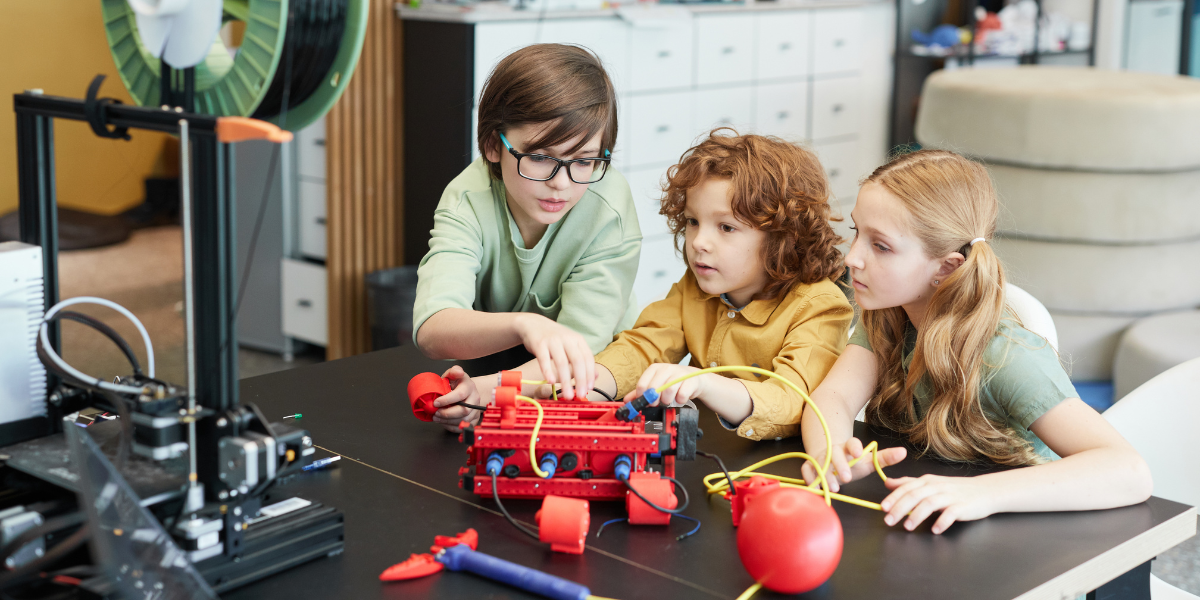Build Reading Skills During Break
Summer gives your child free time to read books they can’t fit in during the busy school year. A reading response journal helps kids think about what they’re reading and boosts their understanding. Here’s how to set up a summer reading response journal at home.





